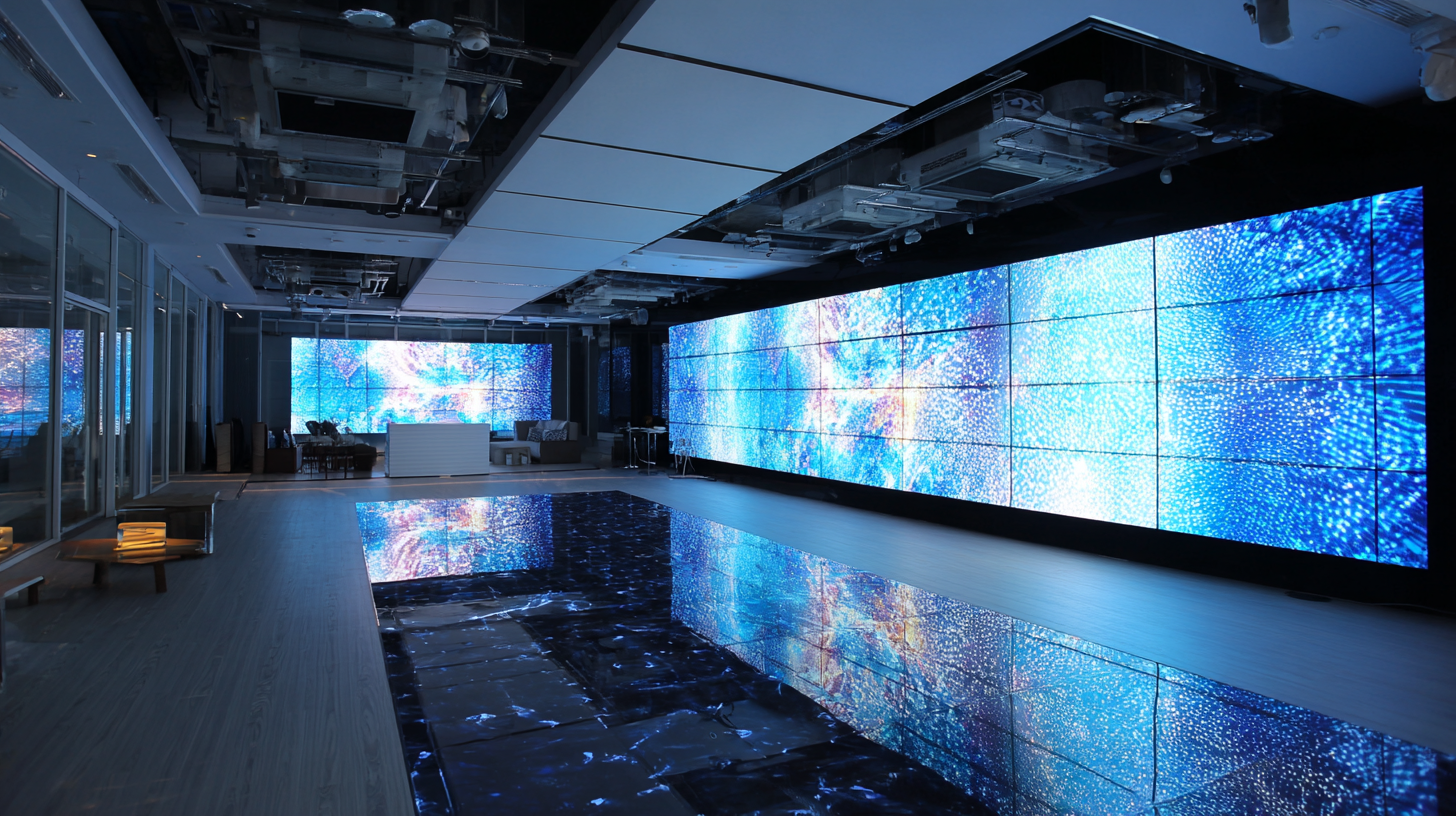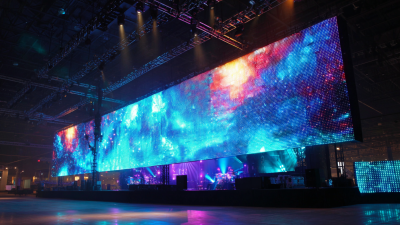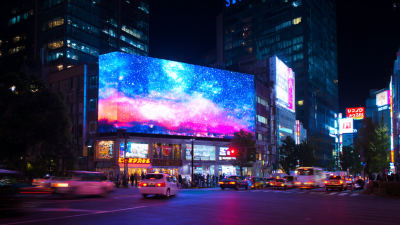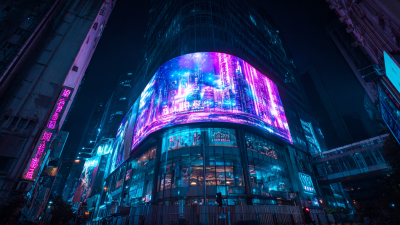
In the realm of modern design and technology, the importance of immersive visual experiences cannot be overstated. As spaces become more dynamic and interactive, the implementation of Indoor LED Displays has emerged as a revolutionary way to enhance ambiance and engagement. From corporate environments to retail spaces, selecting the right Indoor LED Display can transform how audiences perceive and interact with a brand or environment.
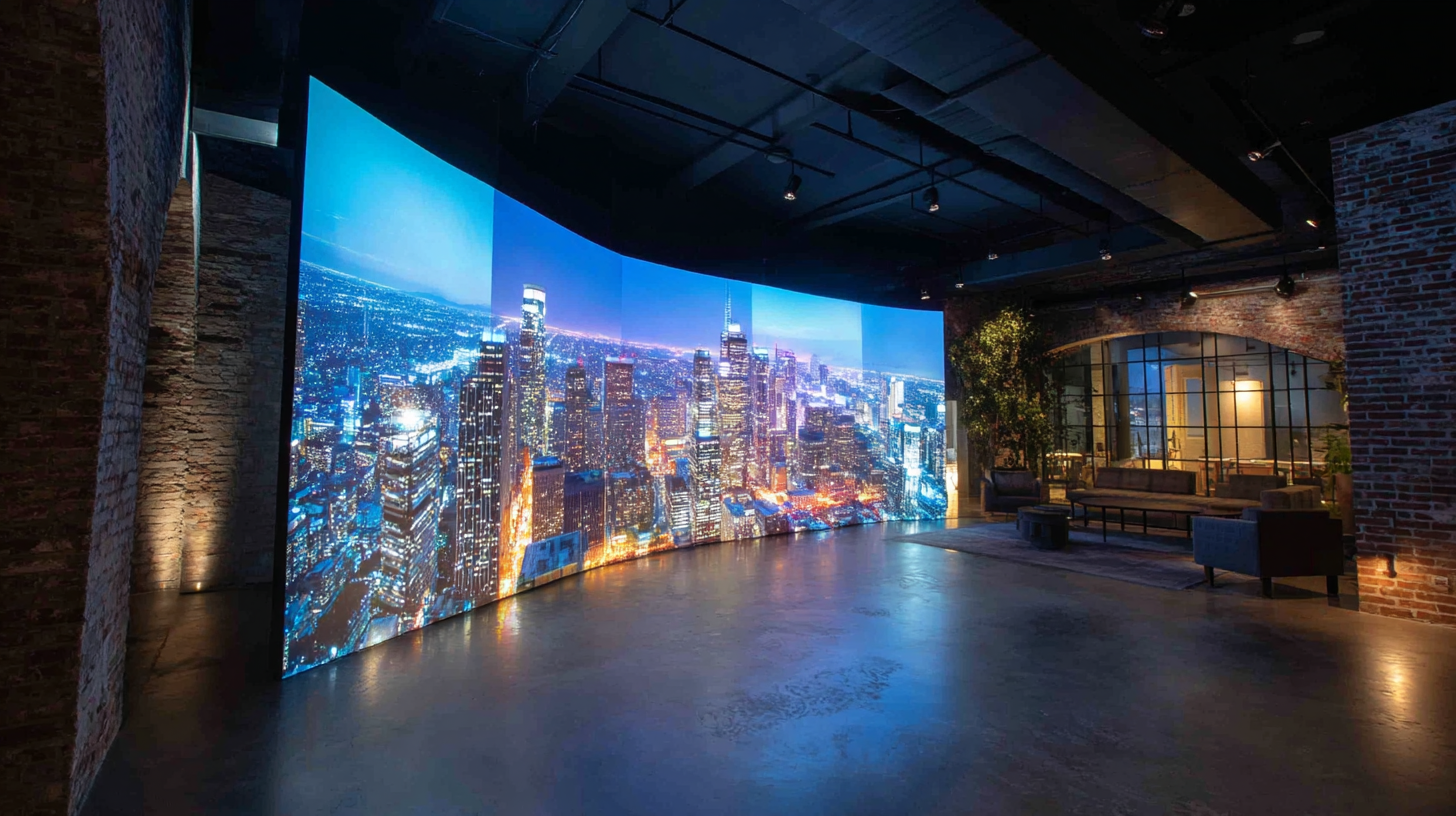
This guide will delve into the top 5 Indoor LED Displays for 2025, highlighting their features, benefits, and ideal applications. Whether you’re looking to mesmerize customers in a retail setting or captivate employees in a conference room, understanding the nuances of these displays will empower you to make an informed choice. Join us as we explore the best options available, ensuring that your space not only meets but exceeds expectations through cutting-edge display technology.
As the demand for innovative visual technologies grows, indoor LED displays are at the forefront of transforming various spaces in 2025. One of the most significant trends is the integration of artificial intelligence into LED display technology, allowing for enhanced user interaction and dynamic content adjustments. This capability not only makes displays more engaging but also tailors content to audience preferences, maximizing the impact of visual presentations in corporate settings and events.
Additionally, the rapid adoption of Direct View LED (DVLED) technology is reshaping how educational institutions and businesses utilize display screens. These displays offer superior brightness, color accuracy, and a seamless viewing experience, making them ideal for classrooms and conference rooms alike. As organizations increasingly seek flexible and immersive environments, the combination of advanced LED display technologies and innovative applications is set to redefine how visual content is delivered in 2025.
This bar chart illustrates the top five indoor LED displays for 2025 based on key features such as brightness (Nits), resolution (Pixels), and energy efficiency (W/m²). These metrics reflect the advancements in indoor LED display technology, highlighting the importance of clarity, performance, and sustainability.
When selecting an indoor LED display for your space in 2025, key performance metrics such as brightness, resolution, and refresh rates should be at the forefront of your decision-making process. According to a report by MarketsandMarkets, the global LED display market is projected to reach $7.57 billion by 2025, with high demand driven by advancements in display technology. Brightness, measured in nits, plays a crucial role in visibility, particularly under varying ambient light conditions. Displays with a brightness rating of at least 1,000 nits are recommended for high-traffic areas to ensure that visuals remain vibrant and clear.
Resolution is another vital factor that directly affects image clarity and detail. The trend towards higher pixel densities is evident, with options like 2K and 4K becoming the standard for quality indoor displays. A recent study by ResearchAndMarkets highlights that the demand for 4K resolution displays is expected to grow at a compound annual growth rate (CAGR) of 23% from 2023 to 2025, emphasizing the importance of investing in high-resolution technology. Finally, refresh rates, expressed in Hertz (Hz), influence how fluidly video content is shown, especially for fast-moving images. A minimum refresh rate of 60Hz is essential for eliminating motion blur and providing a seamless viewing experience, thus making it an important criterion for performance evaluation.
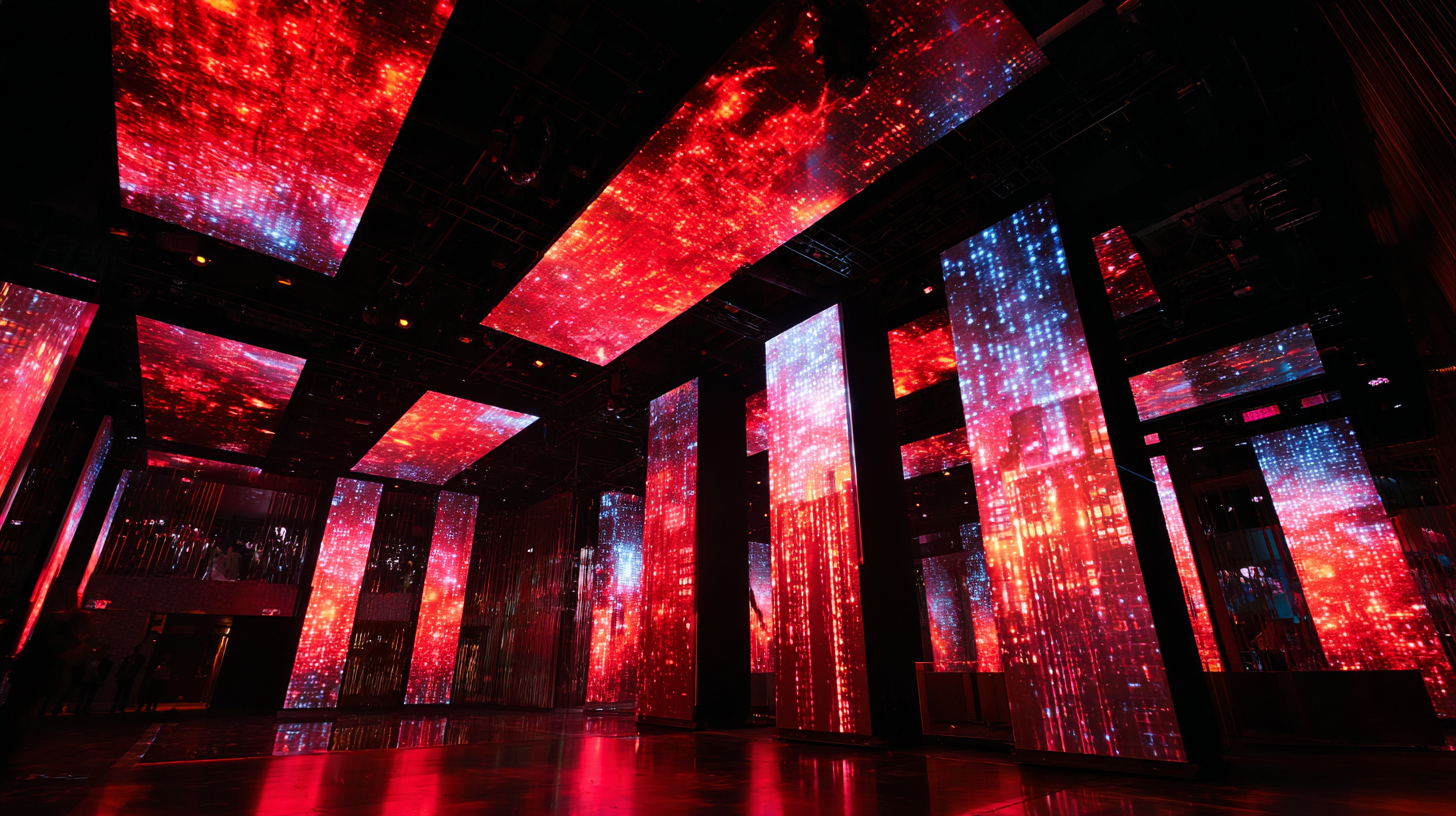
When it comes to selecting indoor LED displays, cost-effectiveness plays a crucial role. In 2025, several leading brands have emerged, each offering unique features and price points that cater to various needs. Companies such as Samsung, LG, and Philips dominate the market, known for their high-quality displays that deliver exceptional brightness and clarity. However, their premium pricing often leads to questions about long-term investment versus initial expenditure.
Comparing these brands reveals that while their upfront costs may differ, the longevity, maintenance, and energy efficiency of the displays significantly impact overall cost-effectiveness. For instance, Samsung's innovative technology focuses on energy savings and durability, potentially reducing operational costs over time.
Conversely, brands like ViewSonic offer more budget-friendly models, which can be attractive for businesses focusing on immediate affordability, but may require more frequent replacements or repairs. Ultimately, choosing the right indoor LED display should consider not only the purchase price but also the total cost of ownership over the display's lifespan.
Indoor LED displays have emerged as a transformative tool for enhancing audience engagement and boosting brand visibility. With the rapid evolution of consumer expectations, brands must adapt their strategies to attract attention in increasingly competitive environments. According to recent industry reports, the global digital advertising display market is projected to expand from an estimated USD 12.54 billion in 2024 to around USD 24.60 billion by 2033, demonstrating a robust growth trajectory. This growth indicates a strong demand for visual engagement tools like indoor LED displays, which can create dynamic content that captivates audiences and conveys brand messages effectively.
Tips: When selecting an indoor LED display, consider factors such as brightness, resolution, and size to ensure maximum impact for your specific space. Additionally, combining LED displays with interactive elements can further enhance audience engagement, making it crucial to think strategically about how to integrate these technologies into your marketing approach.
As the LED display screen market expects a valuation of USD 19.5 billion by 2034, brands must harness the power of these displays to stand out. Incorporating innovative content strategies that leverage the capabilities of LED displays can significantly elevate a brand's presence, making it essential for businesses to stay ahead of trends and invest wisely in their advertising formats.
| Display Model | Resolution (Pixels) | Brightness (nits) | Viewing Angle (degrees) | Refresh Rate (Hz) | Weight (kg) |
|---|---|---|---|---|---|
| Model A | 1920 x 1080 | 1000 | 160 | 60 | 25 |
| Model B | 3840 x 2160 | 1200 | 170 | 120 | 30 |
| Model C | 1280 x 720 | 800 | 150 | 60 | 20 |
| Model D | 1920 x 1080 | 1500 | 180 | 144 | 35 |
| Model E | 2560 x 1440 | 1100 | 160 | 100 | 28 |
As the demand for sustainability continues to rise, the focus on energy efficiency and lifespan in indoor LED displays has never been more critical, especially in the wake of ISE 2025. The exhibition showcased revolutionary advancements in LED technology that align with the growing expectations for environmental responsibility. According to a recent industry report, energy-efficient LED displays can reduce power consumption by up to 80% compared to traditional display technologies, significantly lowering operational costs and carbon footprints.
Additionally, durability plays a vital role in determining the sustainability of indoor LED displays. Many manufacturers are now engineering products with extended lifespans—often exceeding 100,000 hours—which translates to fewer replacements over time. This not only minimizes electronic waste but also ensures that businesses can achieve a lower total cost of ownership. Reports indicate that transitioning to high-quality, sustainable LED technology can decrease lifecycle costs by up to 30%, making it a lucrative investment for organizations committed to both performance and ecological stewardship.
